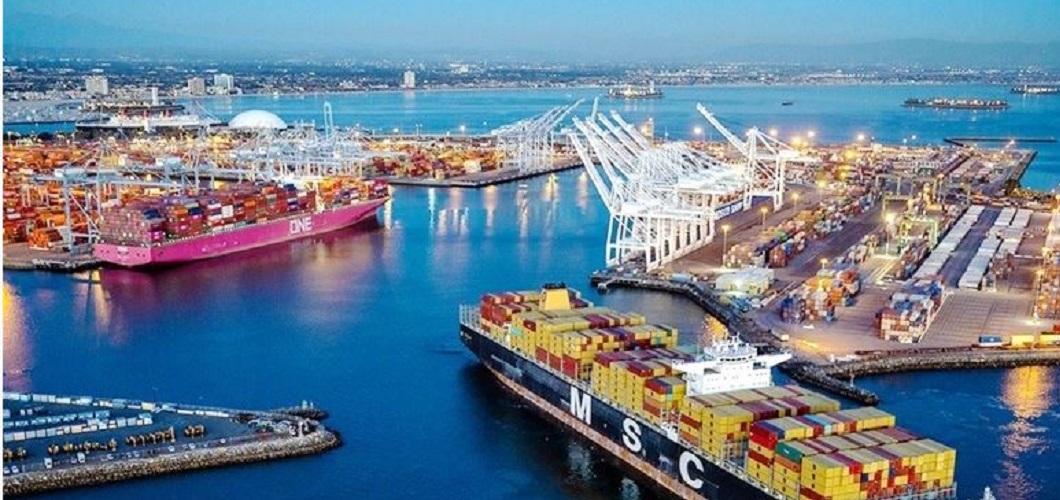
Pandemic creates the largest port crisis since the beginning of container use
Aug, 23, 2021 Posted by Ruth HollardWeek 202134
Ports have always had to deal with delays caused by waves, fog, or storms, but now with the pandemic, the sector is facing the biggest destabilization seen since the beginning of the use of containers 65 years ago.
“The Covid-19 pandemic has highlighted that ports are in desperate need of investment,” said John Manners-Bell, chief executive of the consulting firm Transport Intelligence. “The entire infrastructure system of the ports has been overloaded during the last 12 months.”
There are currently 353 container ships stationed outside ports around the world, with no room to dock, more than double the number at the beginning of the year, according to real-time data from the logistics company Kuehne+Nagel.
In some cases, such as the ports of Los Angeles and Long Beach in the United States, where there are currently 22 ships waiting to berth, it can take up to 12 days for vessels to dock and unload containers waiting to make their way to the factories, warehouses, stores, and homes across the country.
The bottleneck has caused shortages of stocks and delays in delivery, which raises prices and frustrates consumers in times of pandemic, when the surge in online shopping has increased demand for fast deliveries, sometimes with next-day delivery.
During the pandemic, border restrictions, demands for social distance, and factory closures shook traditional production chains, pushing freight rates through the main shipping routes between China, the US, and Europe.
Even before the pandemic, the ports were already under pressure to update their infrastructure through the automation of operations, logistics to reduce emissions, and the construction of facilities capable of receiving the new generation of increasingly larger ships.
“I would be lying if I said that there were no problems before the avalanche of cargoes,” said Soren Toft, chief executive of MSC, the world’s second-largest container shipping group. “The port complexes were getting old, there were capacity constraints and constraints to handle the increasing size of ships.”
Source: Valor Econômico
To read the full original article, visit the link:
-
Ports and Terminals
Oct, 08, 2019
0
Port of Pecém performs first manganese shipment
-
Ports and Terminals
Sep, 27, 2024
0
Initial steps for Meridional Port of Arroio do Sal construction slated for October
-
Shipping
Jan, 12, 2023
0
Container spot rates end 43-week falling streak
-
Other Logistics
Dec, 03, 2019
0
MAPA extends deadline for qualification of terminals, warehouses, and enclosures that operate with export and import of agricultural products

